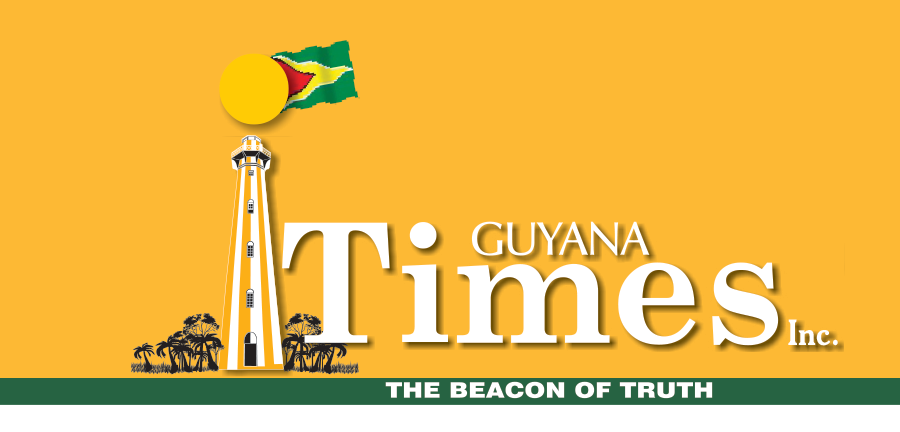Dear Editor,
Examining the inherent challenges of power sharing within a coalition arrangement must embrace an historical perspective. The PNCR’s and AFC’s current attempts at forming a coalition faced issues like those between the PPP and PNC in the 1960s. Their (PNCR+AFC) Cummingsburg Accord of 2015, which removed the PPP/C from office, left some matters unresolved, such as the unenforceable provision for the Prime Minister to chair Cabinet meetings.
Political contenders face challenges in forming coalitions due to differing values and ideologies. Trust is stronger among groups with similar values and development paths. The current PNCR-AFC deadlock over ministerial portfolios might have been avoided with shared values, ideology, and a unified development plan.
Political distrust has been a persistent issue in Guyana, as exemplified in the PPP’s attempts to form a coalition with the PNC during the 1960s. Dr Jagan and the PPP aimed for executive power-sharing to encourage unity and development. The 1962-1963 Guyana Constitutional Conference in London, initially set to fix an Independence date, shifted focus to constitutional reform due to requests from Mr LFS Burnham and the PNC, resulting in a stalemate.
Not to be deterred by this setback, Dr Jagan invited Mr Burnham for coalition talks and named 3 PPP representatives on April 2 and asked Mr Burnham to do the same. Mr Burnham responded with demands for a referendum on the electoral system, dissolution of the legislature, and new elections, and demanded a response within 48 hours. According to Dr Jagan, it was in February 1963, that Mr Burnham had initially agreed to a PPP-PNC coalition. The coalition talks were stalled again.
On July 18, 1963, after British Secretary of State for the Colonies, Mr Duncan Sandys visited Guyana, further dialogue opportunities arose. Mr Burnham suggested forming a national government to address Guyana’s request for a firm Independence date and transfer of residual powers. Dr Jagan opposed involving the UF, but agreed to a coalition with PNC, resulting in another impasse.
During the Lancaster House discussions on November 22, 1963, Dr Jagan’s proposals for Commonwealth mediation, adopting Trinidad & Tobago’s Constitution as a model for Guyana, and lowering the voting age to 18 were rejected by Mr Sandys and Mr Burnham. And so were other proposals. Faced with a deadlock, Dr Jagan accepted Mr Sandys’ intervention. This led to new elections with a voting age of 21 and Proportional Representation, reducing the PPP’s term by one year, and no date was set for Independence.
Despite winning the most seats in the 1964 election, the PPP was bypassed by Governor Richard Luyt, who invited Mr Burnham to form a coalition with the UF. Nonetheless, the PPP has consistently focused on national interests and pursued collaborative efforts for development.
From 1964 to 1992, the PPP supported the PNC’s nationalisation programme, but pushed for a Government of National Unity without the PNC. Distrust among the Opposition parties before the 1992 elections prevented consensus on a presidential candidate, excluding Dr Jagan. The PPP then invited GUARD members and others to join its Civic component, which shares the PPP’s vision and ideology. Some Civic members serve as ministers in the PPP Government despite not being PPP members.
In 2001, a power-sharing attempt between former President Bharrat Jagdeo and former President Desmond Hoyte, then PNC Leader of the Opposition, collapsed. The major constitutional reforms of 2000, which included provisions for inclusivity, may have contributed to its failure. Despite this, Opposition forces continue to advocate for power sharing.
The PPP/C may be open to executive power sharing, but distrusts the PNCR due to electoral rigging, racism, and failure to condemn violence. If the PNCR resolves these issues, the PPP/C may reconsider. Currently, political competition strengthens democracy and development.
Sincerely,
Dr Tara Singh
Discover more from Guyana Times
Subscribe to get the latest posts sent to your email.











